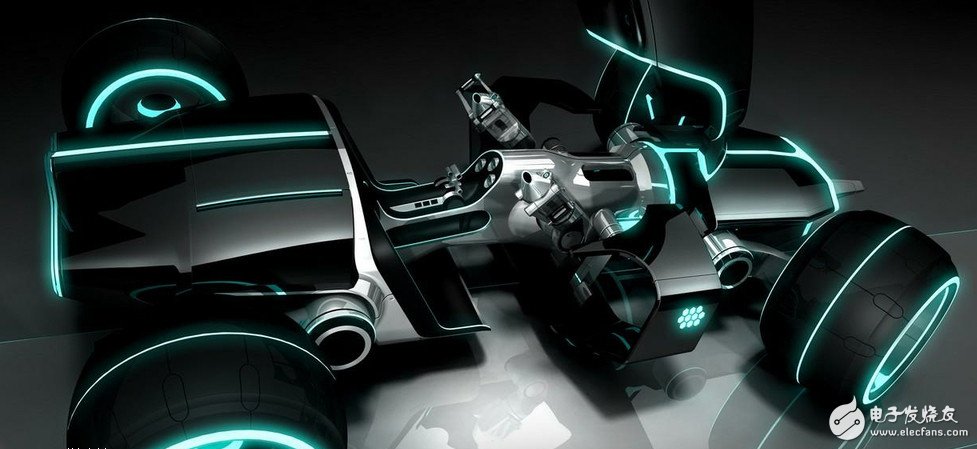Automated driving promises a mobility that makes it easier for drivers: while the vehicle is driving on the road through sensors and algorithms, the driver can watch the video, browse the Internet or send and receive email. However, if an emergency occurs beyond the capabilities of the electronic driver? From the perspective of the entire automotive industry, how to safely switch from computerized automated driving to human driving is a problem that has received much attention and discussion. The German Aerospace Research Center (Deutsches Zentrum fur Luft- und Raumfahrt eV; DLR) has recently developed a safety system that is said to alert drivers in the event of an emergency. The DLR is a traffic safety agency based in Braunschweig, Germany, which performs vehicle testing and simulators to evaluate highly automated driving situations and optimize them. In a safe situation, the owner of the self-driving car may be in a state of retreat, temporarily leaving the driving responsibility, and performing other activities, but must be able to obtain control of the driving in time. DLR leader Karsten Lemmer said that despite the rapid development of sensor technology, we must assume that the autopilot capability will reach its limit in the foreseeable future. For example, the prior art still cannot handle complex road construction, snowfall or fog. In the face of these situations, the self-driving car must be able to return the driving task to the driver sitting in the driver's seat in a timely and smooth manner. DLR researchers delve into the handover of driving tasks through tablets and drivers who browse the Internet during autonomous driving. In this context, researchers focus on how and when autopilot should return control to the driver. The head of the program, Stephan Lapoehn, cites that when the vehicle is close to the narrow roadway of the road construction, it may be a big problem if the driver's attention is on the mobile device. In detail, the driver must stop using the mobile device before he can control the steering wheel in order to respond to an emergency. Today, about a quarter of drivers still use mobile devices while driving, causing distractions. This can have fatal consequences. So the question is how to get the driver back to the driving control position in the quickest and safest way. In this context, DLR researchers connect mobile devices to vehicle driving assistance systems (such as ADAS). In the simulation study, the researchers developed a new interactive strategy to alert the driver through the display of the mobile device in the early stages of critical situations, and block the use of the tablet, allowing the drive to return to his driving task. In order to detect an emergency such as road construction earlier, the vehicle must be equipped with floating driving data (FCD) transmitted by the mobile telecommunications network and car-to-x communication. The information displayed on the tablet screen will show the upcoming traffic conditions and problems, and remind the driver to take over the steering wheel at the first time. After the first warning is issued, the system will automatically decelerate according to the signal. In addition, the system displays the distance the vehicle can still control before reaching a critical condition. If the driver is unable to take control within 16 seconds, the system will display a second warning message on the flat computer, and an audible alarm will appear on the windshield. At this point in time, the driver has ten seconds to react. The tablet will be blocked, the audio output will be cut off, and you will no longer be able to type or listen to music. If the driver still does not respond, the autonomous vehicle will automatically brake and switch to safe mode (this usually means the vehicle will be parked on the side of the road). Lapoehn explained that by displaying a warning signal directly on the tablet, it can be determined that the driver can concentrate on the reminder in an emergency and have sufficient time to take over. 5KV To 46KV Medium Voltage Cable 5Kv To 46Kv Medium Voltage Cable,Underground Cable,Medium Voltage Cable,Insulated Armoured Copper Cable HENAN QIFAN ELECTRIC CO., LTD. , https://www.hnqifancable.com